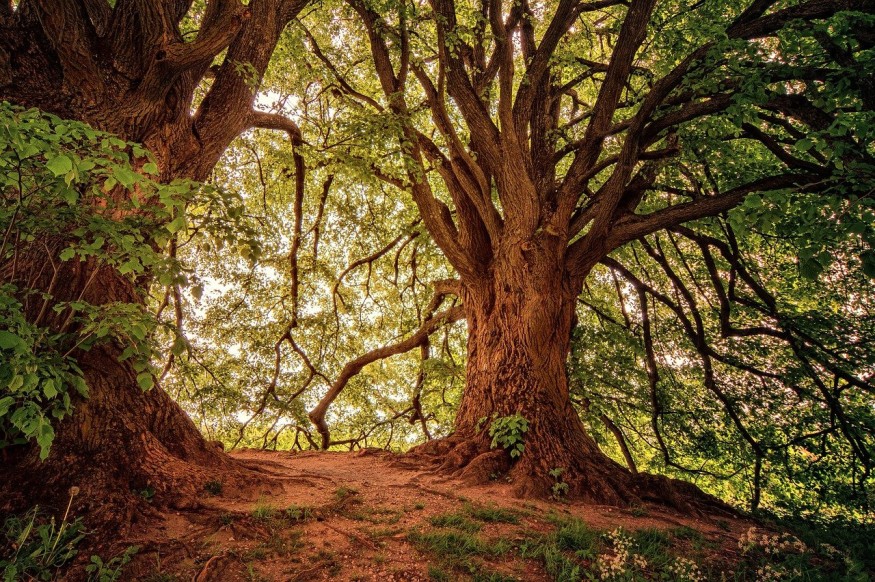A new study found that the forest's largest trees capture much more carbon and dominate its carbon storage.
Massive capacity to store carbon
The older trees in the forest, those with the larger diameters, have been found to disproportionally store larger quantities of carbon compared to the smaller trees.
This finding gives these trees a newly recognized importance in significantly stemming from climate change's harmful effects.
The new study was published recently in the journal Frontiers in Forests and Global Change.

The conduct of the study
The research team determined the carbon-storing capacity of trees aboveground. They looked at trees with diameters that are greater than 21 inches or 53.3 centimeters.
The study was conducted on lands declared as National Forest in the states of Washington and Oregon.
The researchers determined the capacity of trees to store aboveground carbon and associated them with their diameter by using species-specific equations, which relate to the height and diameter of trees with the aboveground biomass found in their branches and stems. They assumed that half of that tree biomass comprises carbon.
The study also looked into the proportion of the entire forest land taken up by large trees and calculated their total carbon storage capacity aboveground. They determined the potential effects that taking away these large trees may have on the forest.
READ ALSO: Scientists Say Proper Reforestation in Tropical Forest and Savannah Biomes in Africa Is Crucial
Study findings
The researchers discovered that even if they only comprised three percent of all trees, the large trees stored almost half of all the aboveground carbon in the forest. To be exact, they kept 42 percent of all this carbon.
This study is pioneering because it was the first to show how wrong policies can negatively affect carbon storage in these ecosystems and possibly release a massive amount of carbon into our atmosphere because of inadequate information.
The researchers also found that over 30 inches (or over 76.2 centimeters) in diameter had only 0.6 percent of all the stems in the forest; however, they nevertheless held more than 16 percent of all the aboveground carbon.
Once the trees attain a specific size, every new incremental increase in their diameter causes a significant additional increase in their overall carbon storage capacity.
Dr. Mildreler says that an additional annual ring in a large tree store much more carbon than another yearly ring in a small tree.
He says that this is why allowing specifically large trees to grow even larger is essential in the fight against climate change because their carbon-storing capacity is disproportionally larger, all while being inexpensive and cost-effective.
Application
In the US' Northwest Pacific region, this 21-inch rule was implemented in the year 1994 to try to save the older, larger trees in these areas' national forests. Unfortunately, proposed amendments effectively abolished this limit, allowing large trees reaching 30 inches to be harvested.
This has severe implications for forest ecosystems and carbon dynamics. Lead study author Dr. David Mildrexler said that even if larger trees comprise just a smaller proportion of all forest trees, they still play a more encompassing role in the entire ecosystem. Many of the functions that only they can provide would need centuries to replace.
Thus, it is critically important to protect the largest trees in the forest due to their vast carbon storage capacity.
Check out more news and information on Tree Planting on Nature World News.
© 2025 NatureWorldNews.com All rights reserved. Do not reproduce without permission.





